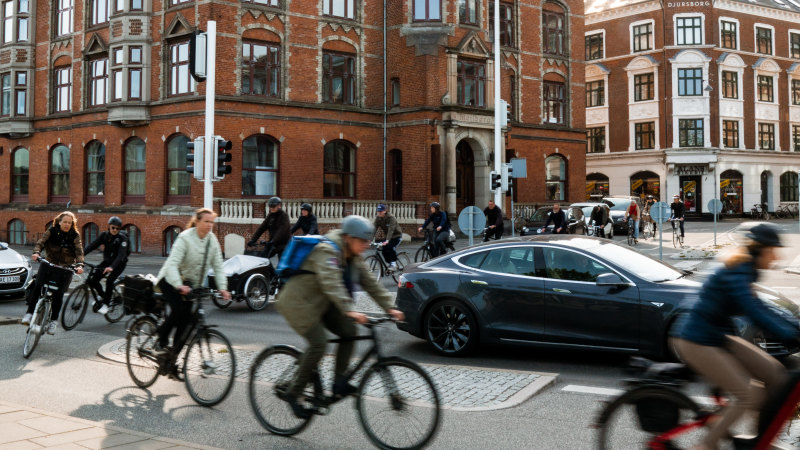When my partner and I arrived in Aarhus, the second-biggest city in Denmark, we assumed we could grab an Uber to our new home. There we were, phones out, Uber app loading and ..
. nothing. Where there’s usually a map, the screen was blank.

We checked Didi and same deal. Too tired to continue searching, we wandered to the nearest taxi rank and hopped in a cab. Uber operated in Denmark for just three years before exiting the market.
Within days, we realised what we had thought was a temporary app crash was actually something else entirely: there are no rideshare platforms in Denmark. Instead of jumping in a car when you’re running late or ordering meal deliveries when you’re too tired to eat, everyone here cycles, walks or takes public transport. No one I know orders food to be home-delivered .
Admittedly, Aarhus is much smaller than our home city of Melbourne. But there’s something to be said for a society that values people’s quality of life enough to eschew small conveniences for the greater good. Loading Denmark wasn’t always a nation without, though.
Uber entered the market here in 2014, and at its peak had 2000 drivers. But after complaints to police, protests, court cases over the legality of the business models, and a new taxi law, it exited the market just three years later. Associate Professor Anna Ilsøe, a digital markets and workplace relations researcher at the University of Copenhagen, says Uber didn’t leave due to a lack of customers – other platf.























